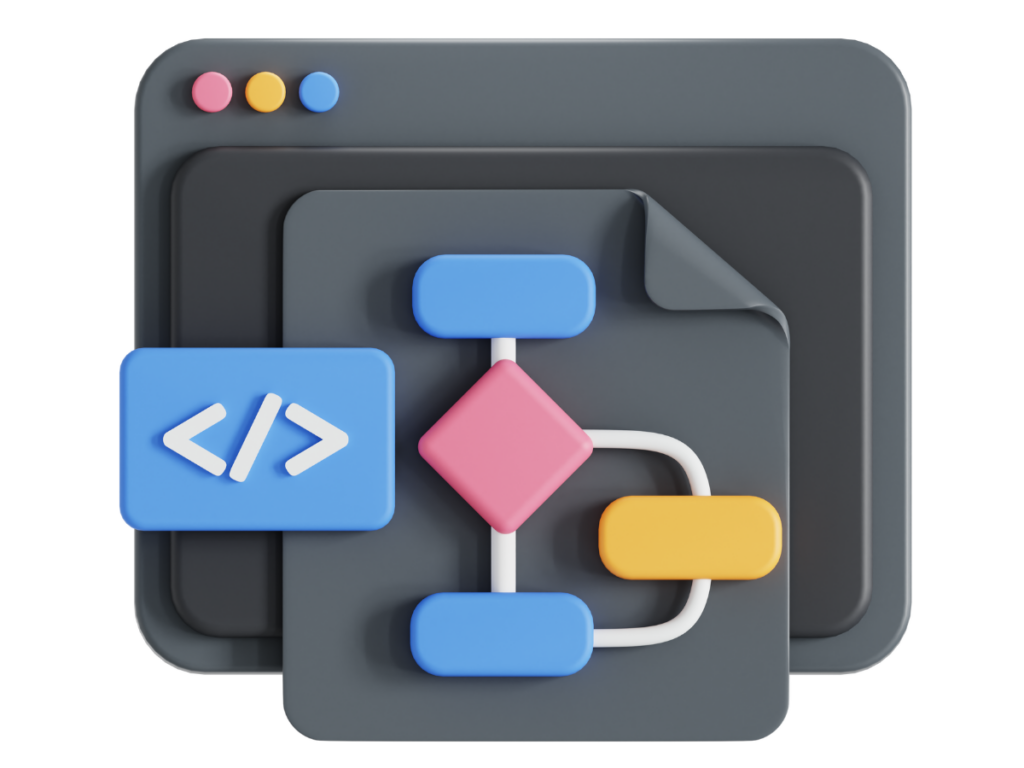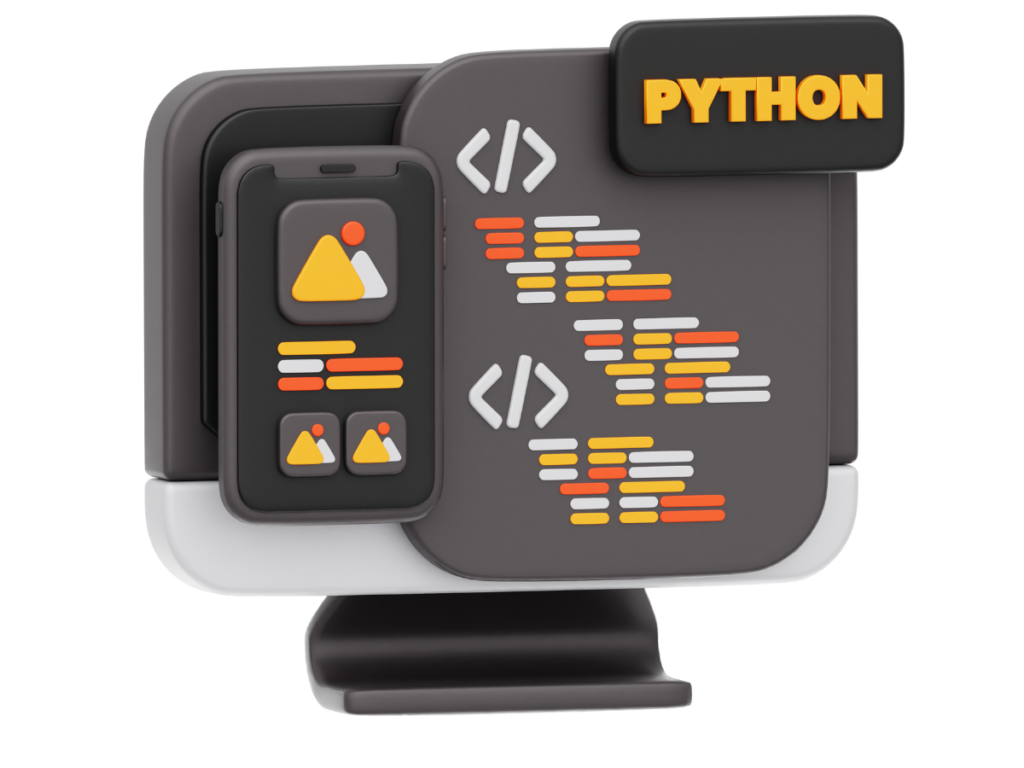Have you ever wondered how Netflix always seems to know exactly which series you’ll love, or why Spotify suddenly suggests the perfect song just when you wanted to hear it? The answer: topic modeling! And the best part? You can use this method for your own academic projects too.
In this post, I’ll walk you through exactly what topic modeling is, how it works, and why—even with minimal prior knowledge—you can take your term paper or thesis to the next level using this machine learning method.
What is Topic Modeling?
Topic modeling is a computer-assisted research method from the field of machine learning that uncovers hidden thematic structures in large volumes of text. Imagine you have hundreds of articles, books, or social media posts and want to figure out what core themes they cover. This is where topic modeling comes in: it helps you identify patterns in qualitative data—without having to read every single text from start to finish.
A “topic” isn’t a fixed category but rather a statistical distribution over words that frequently appear together. It’s up to you, as the researcher, to interpret these clusters and assign them meaningful labels, depending on your research question and the specific context.
The best-known technique in topic modeling is Latent Dirichlet Allocation (LDA). This method automatically identifies topics by grouping together words that frequently co-occur. In the next step, you can interpret these clusters to uncover underlying meanings—tailored to your research question and the type of texts you’re analyzing. These days, even more powerful models like BERT can capture the contextual meaning of individual words—but more on that in a moment!
How can you use Topic Modeling in your studies?
You might know the struggle: you’re deep into the data analysis phase of your bachelor’s thesis or seminar paper and facing a mountain of qualitative texts—from archive documents and social media posts to open-ended survey responses. Manually analyzing all of this is incredibly time-consuming and prone to errors. That’s exactly where topic modeling comes in: it helps you automatically detect thematic patterns in your data. For example, it can reveal which topics your respondents mention most often or highlight common viewpoints. This allows you to systematically identify trends and structures in large text datasets and draw well-founded conclusions from them. Especially if you’re working with an exploratory research design, topic modeling is a fantastic way to gain an overview of a large data set.
What’s more, topic modeling provides a systematic way to analyze qualitative data—without manually coding it, a technique I’ve discussed many times before on this channel.

How does Topic Modeling work in practice?
Don’t worry, this isn’t going to be a bunch of complicated jargon. Here’s a simple explanation: the basic idea behind topic modeling is that it treats texts as collections of terms (words) and tries to group these words into clusters. Each cluster then forms a topic. This happens using an algorithm that analyzes how often and in what context words appear together.
Here’s an example from social media analysis in the context of a crisis management project:
Imagine you’re studying how users communicate on X during a corporate crisis. You analyze thousands of posts to identify the key topics users are focused on:
- Cluster 1: “apology, trust, transparency, accountability, measures” – Topic: company response and crisis communication
- Cluster 2: “criticism, disappointment, boycott, mistakes, loss of reputation” – Topic: negative reactions and public perception
- Cluster 3: “support, loyalty, understanding, community, solidarity” – Topic: positive user reactions and shows of support
This kind of clustering is done automatically by the algorithm, and in the end, you get a clear overview of the main themes and sentiments during the crisis. In the basic version, the algorithm outputs the word clusters, and it’s up to you to label and interpret them based on your research question.
Step-by-step guide: How to run your own topic modeling
To apply topic modeling yourself, follow these steps:
Step 1: Data collection
Gather all the texts you want to analyze—for example, articles, documents, transcripts, or social media posts. Make sure to save them in a readable format (such as .txt or .csv files).
Step 2: Text preparation (preprocessing)
In this step, you clean and prep your texts by:
- Removing punctuation
- Reducing words to their base form (lemmatization)
- Removing stop words (common words without meaningful content, like “and,” “but,” “or”)
Tip: The quality of your results depends heavily on the quality of your preprocessing. Try out different approaches (for example, with or without lemmatization) to see how they affect your results. The more comfortable you are with programming, the better you’ll be able to automate the preprocessing. And if you’re working with a very large dataset, automation is a must—there’s just no way to do it manually.

Step 3: Choosing the right algorithm
Now it’s time to choose your topic modeling algorithm. For beginners, LDA is a great starting point because it’s easy to understand and reliably highlights general topic structures within text collections. BERT, on the other hand, is a far more complex model, which we’ll dive into in the next section. Your choice really depends on how deep you want to go in terms of content—and what technical resources you have available.
One more thing to keep in mind: with LDA, you need to decide upfront how many topics you want to generate. A sensible starting range is between 5 and 15 topics, depending on the size and thematic diversity of your text corpus.
Now you run the algorithm and let it work on your cleaned dataset. To do this, you’ll need some basic knowledge of R or Python. But don’t worry—you can pick up the necessary skills in just 2–3 days (even I managed it, and I never scored higher than a C in computer science!). There are also low-code options—these are tools that let you perform topic modeling without needing programming skills. I’ll show you the best tools for that at the end of this post.
Step 4: Evaluation and interpretation
After running the algorithm comes the most exciting part: interpreting the results.
- What topics emerge from the word distributions?
- Which topics are more dominant, and which are less common? (You’ll see this by how often certain words or clusters appear in your dataset.)
- Are there overlaps or clear separations between topics?
- Which terms appear in multiple topics?
Helpful tools for analysis include pyLDAvis, which lets you explore the topic distributions visually.
The simplest visual is a word cloud—it’s great for presentations, for example. But things get really interesting when you map out the clusters graphically and can show how tightly they group together or drift apart.
Keep in mind: interpretation is a creative process that depends heavily on your research question. Topics are statistically generated patterns—you give them meaning through your content analysis.
Step 5: Validating the results
A fascinating extension is to analyze topic modeling over time. For example, by segmenting social media posts by publication date, you can track how topics evolve—like during the course of a crisis. Which topics gain traction? Which fade away? This gives you more than just a static snapshot; it lets you uncover dynamics and trends—real added value for any data-driven analysis.
Remember, topic models don’t deliver “the truth”—they offer one perspective on your data. The results are strongly influenced by the choices you make: the number of topics, your preprocessing steps, and your data selection. That’s why it’s worth comparing your results with manual coding of a sample or getting expert feedback.
You can also assess the quality of your topics using tools like pyLDAvis or by calculating the coherence score. pyLDAvis helps you explore topic distributions visually and identify overlaps between topics. The coherence score gives you a quantitative measure of how semantically consistent each topic is.
BERT – the state of the art in topic modeling?
BERT (Bidirectional Encoder Representations from Transformers) is a modern algorithm based on neural networks and is currently one of the most powerful models for text analysis. While LDA groups words based solely on their frequency and co-occurrence—without considering their actual meaning—BERT analyzes each word in the context of its entire sentence. This means BERT can distinguish between different meanings of a word depending on how it’s used. For example, BERT recognizes that the word “bank” in “I’m sitting on the bank” refers to something different than in “I’m opening an account at the bank.”
Thanks to this context-based analysis, BERT can capture thematic subtleties and semantic nuances much more effectively, leading to significantly more precise and differentiated topic clusters.
BERT is particularly suited for advanced research projects where context and meaning nuances play a crucial role—for example, in social media analysis, emotionally charged topics, or ambiguous terms. It’s especially useful when you’re not just interested in word frequency but also want to detect underlying tones and sentiments.

Do you need programming skills?
Yes and no. If you just want a quick overview, there are plenty of programs and tools that offer topic modeling without any coding—like InfraNodus or MeaningCloud.
But if you want to dive deeper and run BERT or LDA independently, having basic programming skills in Python is a big plus. Don’t worry—Python is ideal for beginners because it’s very intuitive and comparatively easy to learn.
Common mistakes in topic modeling and how to avoid them
Before you get started, here are a few typical pitfalls from real-world practice:
- Too small a data set: Most models won’t deliver stable results if you have fewer than 100–200 documents.
- Choosing too many topics: If you specify 30 or more topics, the model may artificially split things that actually belong together.
- Poor preprocessing: If you leave typos, emojis, or stop words in your data, the model quality will drop significantly.
- No evaluation: Always use coherence scores, visualizations, or expert feedback to check your results.
Conclusion
Topic modeling isn’t just exciting for businesses and researchers—it can really help with your next seminar paper or thesis. You’ll save time, improve the quality of your results, and even pick up some skills in machine learning and programming along the way. Sounds like a pretty good deal, right?
